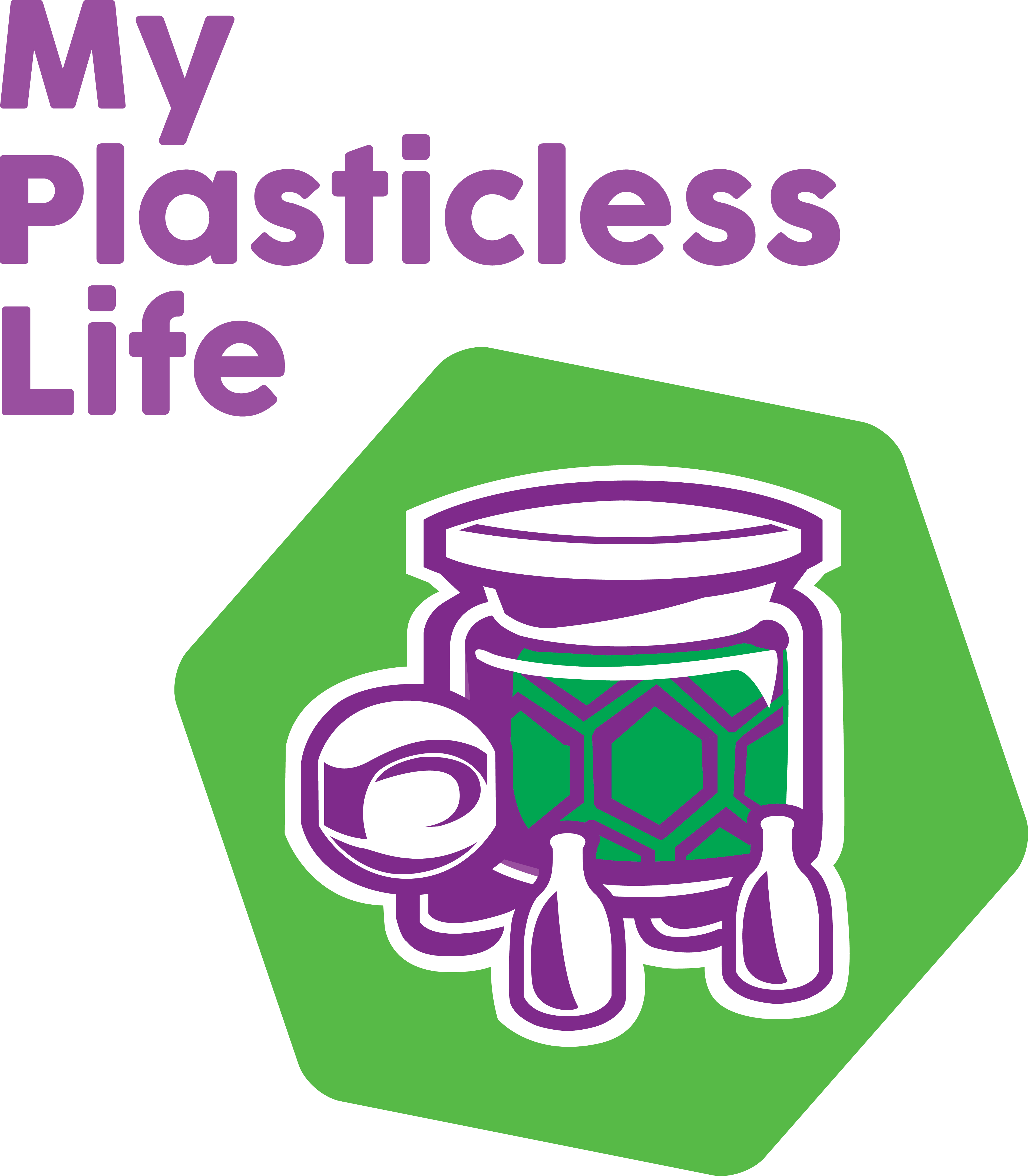Beeswax wraps are a very good alternative to cling film or other disposable packaging. I have taken them to the deli before so that my hard cheeses can be wrapped in it straight from the counter and they doesn't need to come home in any disposable packaging. They are very simple to use: you can wrap them around the food you wish to preserve as you would with a gift and press the folded parts down. The wrap will stick to itself and hold its shape if you warm it with your hands (you can add pine resin to make this process easier).
Here is what I found beeswax wraps to be best at preserving (they are not suitable for soft or squishy foods):
- hard cheeses (such as Parmesan)
- cured meat (for when we buy a block of ham or large salami)
- keep the cut end of cucumbers/lemons/other fruit or veg fresh
- over open cans
- sandwiches
- make a pouch to store snacks
- pasta dough while resting
You can buy beeswax wraps almost anywhere online but it is quite easy to make your own at home and much much cheaper. Here's a step by step guide on how to make your own beeswax wraps.
You will need:
- some natural fabrics (cotton or linen are best)
- pure beeswax blocks
- grater (ideally one that you won't be using for cheese again)
- iron
- grease-proof paper
- old towels
- paper tape
- optional: pine resin (this makes it stickier so easier to create a seal without warming with your hands)
You can buy simple pure beeswax blocks or combined blocks that have the pine resin already mixed in, I would recommend the latter if you want to make your wraps sticky and easier to seal. However, I already have a few blocks of beeswax so I will use those up until I run out before I buy ones that contain pine resin.


How to make your beeswax wraps:
- Lay your towel down on an ironing board or table (if using a table consider stacking a few towels to make sure the table is well protected).
- Tape down a sheet of grease-proof paper that is bigger than the piece of wrap you want to make.
- Place your fabric in the middle of the grease-proof paper.
- Grate your beeswax on top of the fabric, trying to create an even spread. Optional: At this point you can grate the pine resin too (you only need about half as much as the beeswax - if you have it in a separate block).
- Place another sheet of grease-proof paper on top of the fabric (I recommend taping it on one side so it doesn't slide).
- Iron the fabric through the grease-proof paper, the wax will melt into it and you will see it change colour through the paper.
- Once the wax has been spread evenly, peel the paper off and lift your wrap, being careful not to get burnt. Wave it in the air a little to dry the wax and leave it on a rack to solidify completely.
- If you feel like you've put too much wax, you can lay a new piece of fabric on top of your over-waxed one and repeat the ironing (steps 5-7) until the excess wax has been transferred onto the new fabric. You can then top up the new piece as needed.
EXTRA TIP: If your wraps are going a bit limp, you can top them up in the oven. Place your wrap in a baking tray (over some grease-proof paper), grate some beeswax on top and bake at 100°C for 2-3 minutes to make them firm again.


WRAP CARE INSTRUCTIONS: To wash you wraps, use cold water and a small amount of dish soap (hot water will melt the wax and ruin your wraps). Once they are clean, hang them up to dry. I created a small washing line over my kitchen sink, which makes it very easy to clean and dry my wraps after each use.

I hope these instructions were helpful. Let me know in the comments if you've tried them and how it went.
